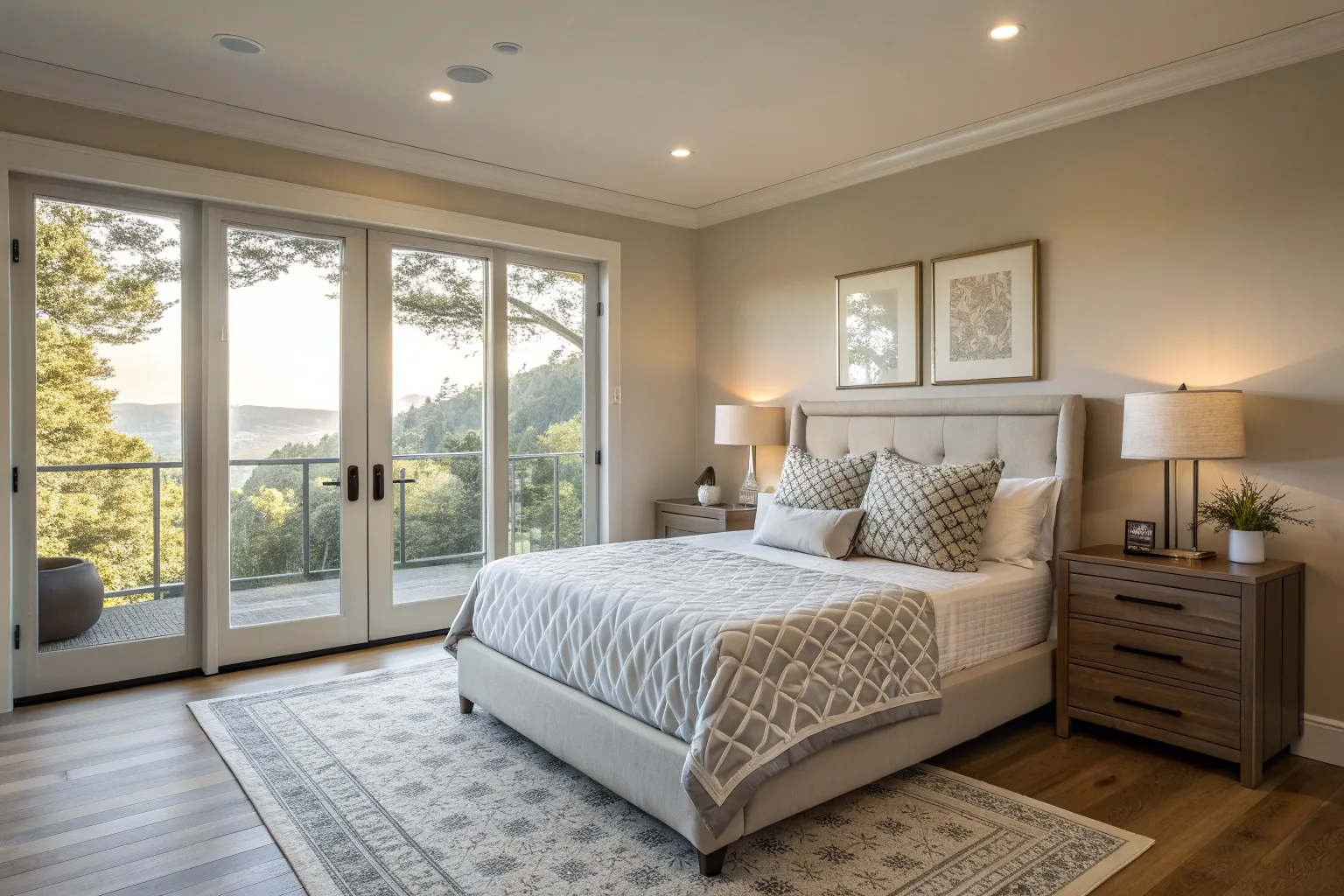The way light moves through your home throughout the day shapes everything—your energy, your focus, the quiet moments before sleep. Natural sunlight doesn’t deliver the same illumination at 7 a.m. as it does at 7 p.m., and your artificial lighting shouldn’t either. Thoughtfully orchestrated lighting supports your body’s circadian rhythm, the internal 24-hour clock that governs sleep, wakefulness, mood, and dozens of metabolic processes.
Understanding the Rhythm of Light
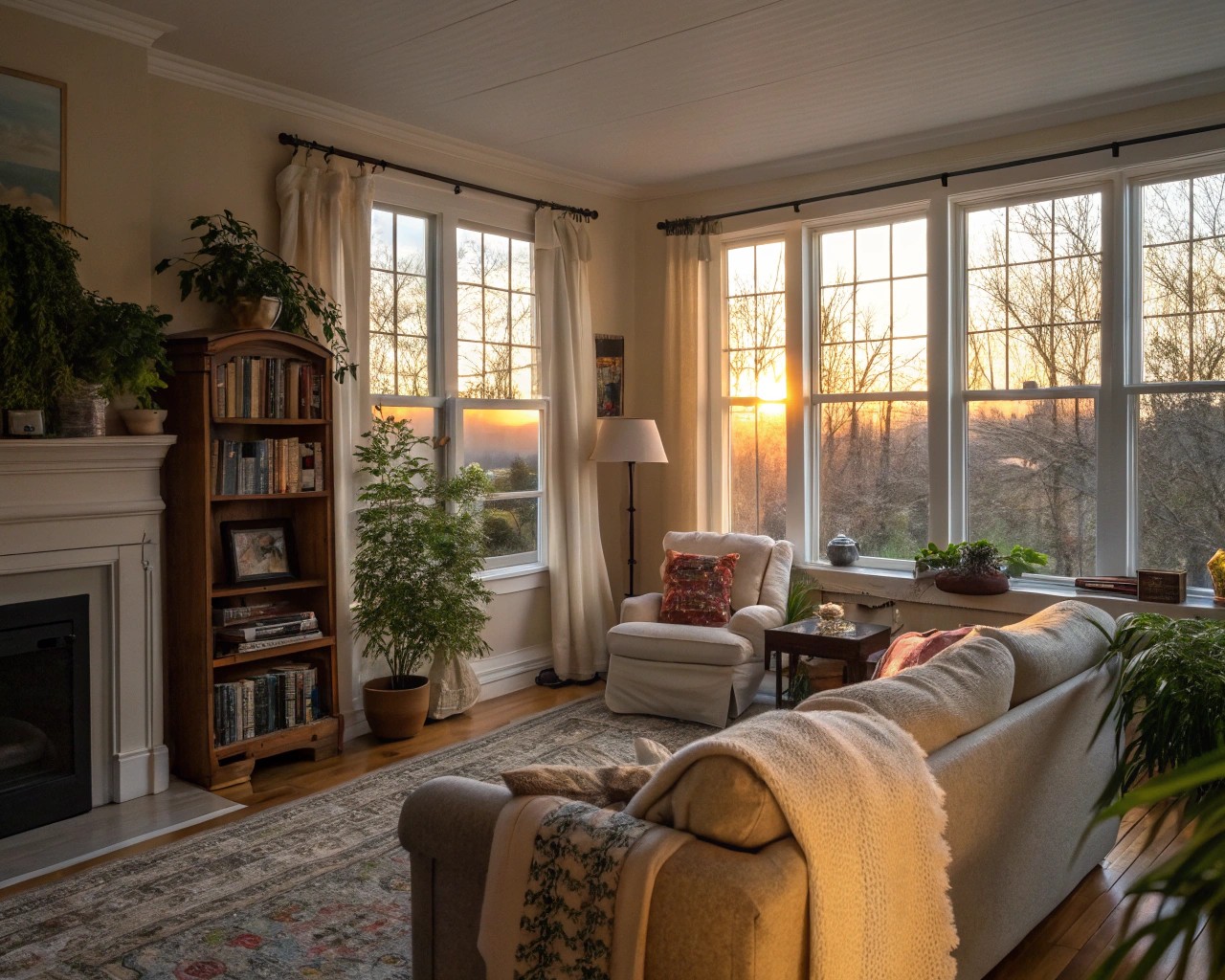
Your hypothalamus receives signals from your eyes throughout the day, adjusting melatonin production in response to brightness and color temperature. When you flood your bedroom with cool, blue-toned light at 10 p.m., you’re essentially telling your brain it’s midday—suppressing melatonin, increasing cortisol, and making restful sleep harder to achieve. Conversely, waking to warm, dim light and transitioning too slowly to brighter tones can leave you groggy well into the afternoon.
I’ve found that homes benefit most when the lighting design mirrors the natural arc of the sun: warm golden light in early morning, crisp and energizing illumination during peak daylight hours, and a gradual return to amber warmth as evening approaches.
The Three Layers: Building Your Lighting Foundation
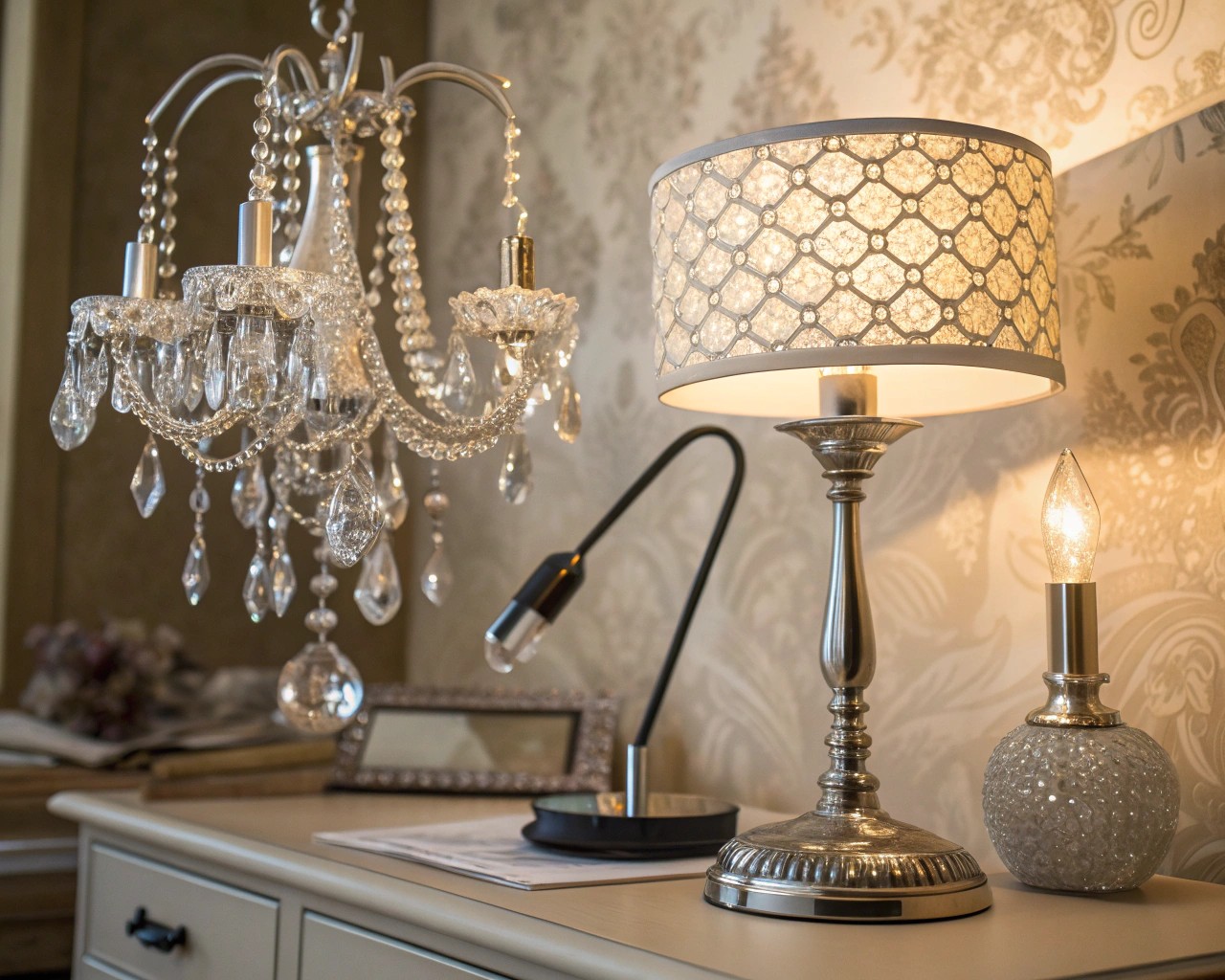
Before addressing time-of-day transitions, establish proper layering. Professional lighting design relies on three distinct types working in concert:
Ambient lighting provides the foundational illumination—the overall brightness that allows you to navigate a room safely and comfortably. Recessed ceiling fixtures, flush-mount lights, chandeliers, and natural daylight all contribute to this base layer. Think of ambient light as the canvas.
Task lighting delivers focused illumination where specific activities occur. Under-cabinet LED strips brighten kitchen countertops for food preparation. Adjustable desk lamps with 3000K to 4000K bulbs support concentration during work hours. Bedside reading lights with warm 2700K bulbs allow you to enjoy a book without flooding the entire bedroom with brightness.
Accent lighting adds dimension, drama, and intentionality. Wall sconces flanking artwork, track lighting highlighting architectural details, or LED strips concealed beneath shelving all create visual interest by directing attention to specific features. Accent lights typically run about three times brighter than the surrounding ambient illumination to create that necessary contrast.
Relying on a single overhead fixture—no matter how attractive—creates harsh shadows, unflattering illumination, and visual fatigue. Layering these three types transforms flat, institutional spaces into warm, functional homes.
Morning Light: Awakening with Intention
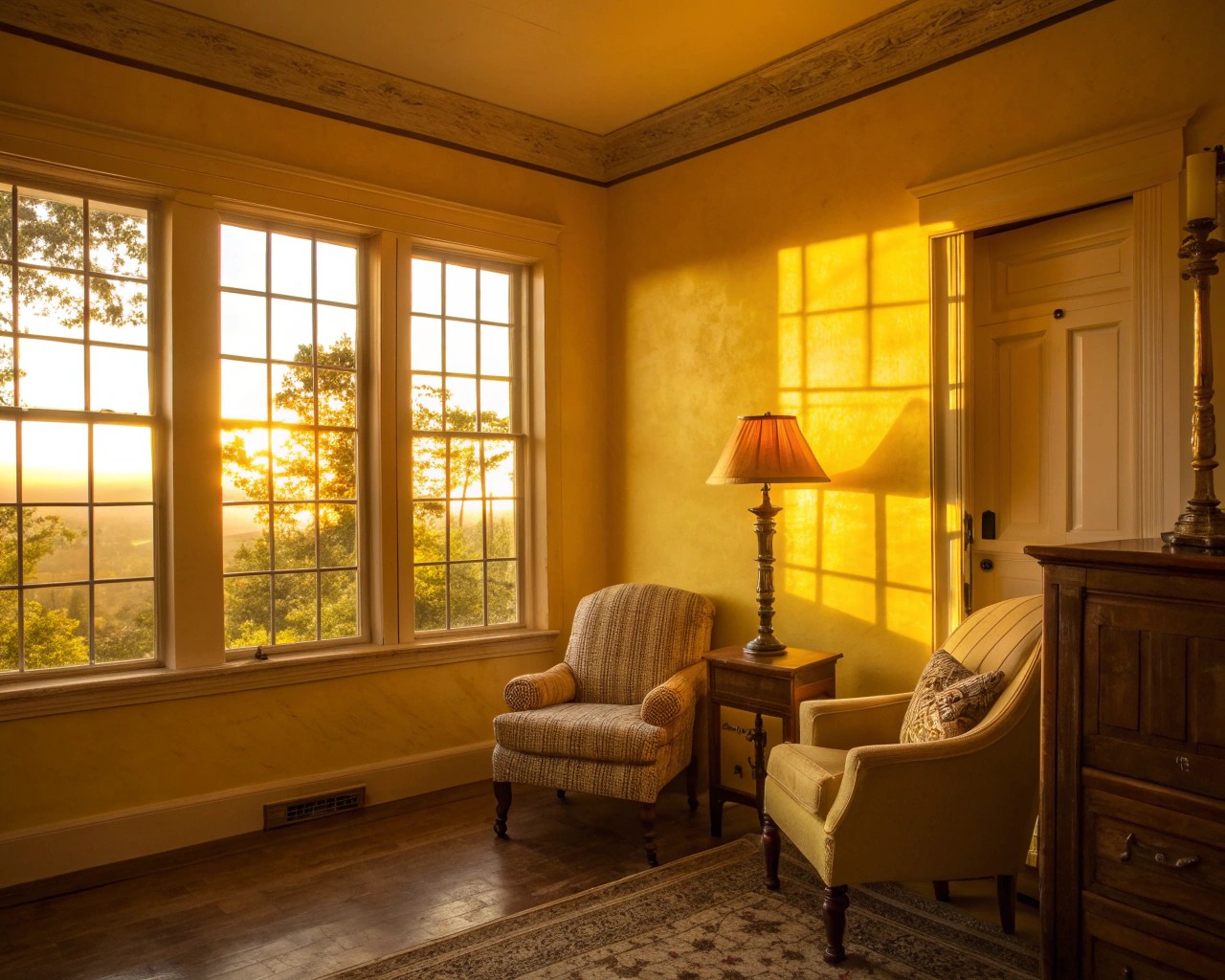
The hours between sunrise and mid-morning set your circadian rhythm for the entire day. Exposure to bright, cool-toned light during this window helps regulate your internal clock, sharpens focus, and elevates mood.
Maximize natural light first. Position your bed so east-facing windows allow morning sun to reach you naturally. If privacy concerns or urban density make this impractical, consider top-down bottom-up cellular shades or sheer window films that diffuse light while maintaining privacy. South-facing windows in the Northern Hemisphere capture the most consistent daylight throughout the day, making them ideal for living areas, home offices, and kitchens.
Supplement with artificial light strategically. Smart bulbs programmed to gradually increase brightness 30 minutes before your alarm—simulating sunrise—reduce sleep inertia more effectively than jarring alarm clocks. Look for bulbs offering adjustable color temperature, starting around 2700K and transitioning to 4000K to 5000K as you move into your morning routine.
In the bathroom, install vanity lights on either side of the mirror rather than overhead to eliminate shadows during grooming tasks. A color temperature of 3000K to 4000K provides clarity without the sterile harshness of 5000K+ commercial lighting.
Wake-up colors matter, too. If you’re painting a bedroom or breakfast nook, consider warm yellows, soft oranges, or refreshing aquas—hues that psychologically evoke sunrise, energy, and alertness. You don’t need to commit to bold accent walls; even a sunny yellow throw pillow or citrus-toned kitchen accessories can subtly reinforce that morning energy.
Midday Productivity: Sustaining Focus and Energy
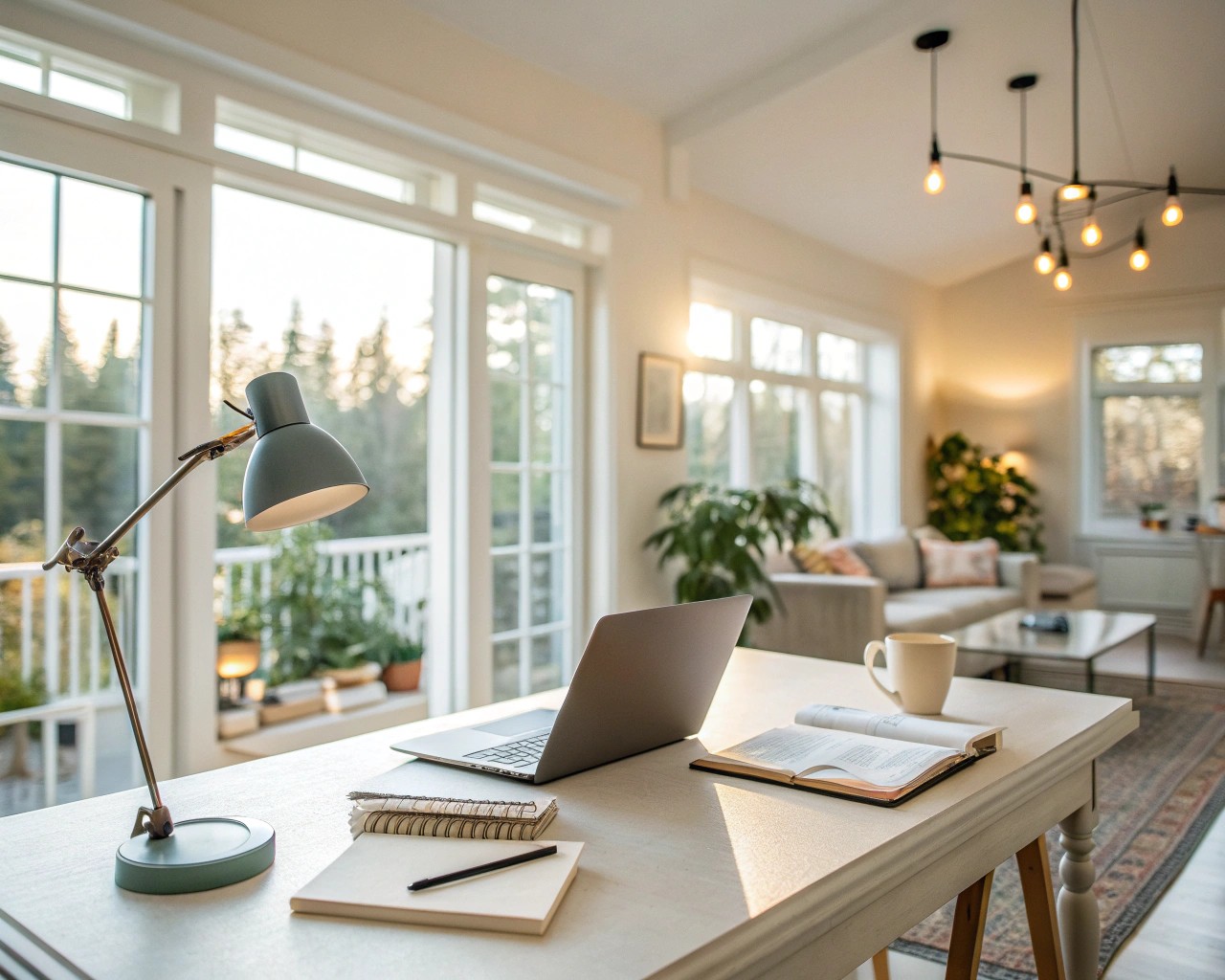
Between 10 a.m. and 3 p.m., your body expects bright, neutral to cool light. This is when you’ll benefit most from higher color temperatures (4000K to 5000K) and increased lumen output.
In home offices and workspaces, layer your lighting carefully. Natural light from windows reduces eye strain and boosts job satisfaction, but direct sunlight creates screen glare. Position your desk perpendicular to windows when possible, and use adjustable blinds or light-filtering cellular shades to modulate intensity throughout the day.
Add task lighting with adjustable desk lamps positioned opposite your dominant hand—if you’re right-handed, place the lamp on your left to prevent shadows from your hand and pen. Choose lamps offering 500 to 1000 lumens with dimming capability, allowing you to increase brightness for detailed paperwork and reduce it for screen-based tasks.
Overhead ambient lighting should remain neutral but not harsh. Recessed lighting on dimmers provides flexibility, and warm white bulbs (3500K to 4000K) maintain alertness without the clinical feel of cooler tones.
In kitchens, combine under-cabinet LED strips (500 to 1000 lumens) with pendant lights over islands. The color temperature can run slightly cooler here—3000K to 4000K—to support the active, task-oriented nature of food preparation.
The Twilight Transition: Preparing for Evening
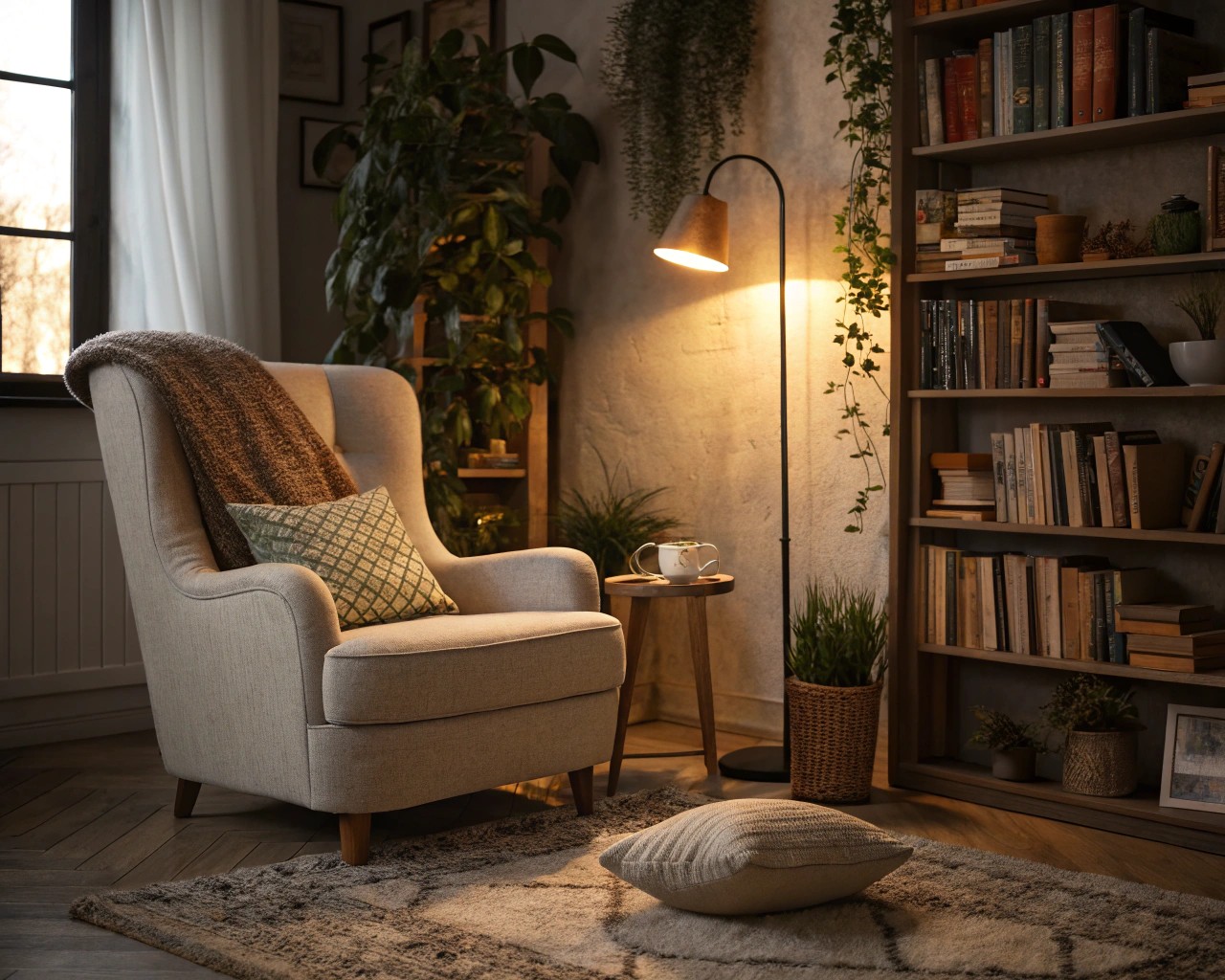
As afternoon shifts toward evening, your lighting should shift with it. This transition period—roughly 5 p.m. to 7 p.m.—is critical for signaling to your body that the day is winding down.
Gradually reduce color temperature and brightness. Smart lighting systems with circadian rhythm programming handle this automatically, transitioning from 4000K midday light to 3000K by early evening, and down to 2700K by 8 p.m.. If you don’t have programmable bulbs, simply develop the habit of switching off overhead fixtures and relying more heavily on table lamps and floor lamps as sunset approaches.
Embrace dimmers. Every overhead fixture in your home should be on a dimmer switch. Gradually reducing brightness as evening progresses helps lower cortisol levels and signals melatonin production. Even reducing brightness by 30% creates a noticeable shift in atmosphere.
Incorporate warm tones deliberately. Lamps with fabric shades in silk, linen, or natural rattan diffuse light softly and add tactile warmth to evening spaces. Amber-toned bulbs (2700K or lower) feel natural and comforting after dark.
Layer in candlelight. While candles won’t illuminate a room sufficiently for reading or detailed tasks, their warm, flickering glow creates instant atmosphere. The act of lighting candles itself becomes a ritual signaling transition from work mode to relaxation. Group candles of varying heights on stable surfaces like the GLASIG candle dish, maintaining safe distances between flames. Unscented candles work well if you’re sensitive to fragrance, but lavender, eucalyptus, or chamomile scents enhance relaxation through aromatherapy.
Evening Hours: Creating Sanctuary
By 8 p.m., your lighting should support rest, connection, and calm. This doesn’t mean sitting in darkness—it means choosing light sources that promote relaxation rather than alertness.
Turn off overhead lights entirely. Recessed lighting and central ceiling fixtures cast harsh shadows that feel institutional after dark. Instead, create intimate zones with floor lamps, table lamps, and wall sconces positioned at eye level or below.
In living rooms, position cordless table lamps behind seating areas to create a soft halo effect. A small lamp placed just behind or beside your favorite reading chair invites you to settle in without flooding the entire room. Wall sconces add ambient glow without consuming surface space and work beautifully flanking sofas or framing fireplaces.
Bedrooms require special attention. Install bedside reading lights with warm 2200K to 2700K bulbs—these provide enough illumination for books without disrupting melatonin production. If you read on a tablet or e-reader, enable night mode to filter blue light, and keep ambient bedroom lighting extremely dim.
Consider blackout cellular shades or blackout roller shades for bedrooms, especially if you live in urban areas with streetlight pollution. The Duette LightLock system with U-shaped side channels blocks up to 99% of incoming light, creating the darkness essential for deep, restorative sleep.
Evening rituals anchor your routine. I walk through my home around 7 p.m., drawing shades, dimming overhead lights, and switching on strategically placed lamps. This physical act reinforces the transition from day to evening, helping my mind and body prepare for rest. Some evenings I’ll add a candle to the bathroom while completing my skincare routine—not for vanity, but for presence and self-care.
Smart Systems and Automation: Simplifying the Transition
Manual adjustments work beautifully, but smart lighting systems offer convenience that makes circadian-friendly illumination sustainable long-term.
Programmable smart bulbs allow you to create custom schedules and scenes. A “Morning Coffee” scene might set kitchen lights to 4000K at 100% brightness, while a “Dinner Party” scene dims the dining room to 2700K at 60%. You can group bulbs by room and control them via app, voice assistant, or physical dimmer switches.
Circadian rhythm modes automatically adjust color temperature and brightness throughout the day based on sunrise and sunset times in your location. The system gradually transitions from warm morning light to cool midday illumination and back to warm evening tones without requiring manual input.
Motion sensors provide hands-free illumination in bathrooms and hallways during nighttime hours, using dim, warm light that won’t fully wake you if you need to move through the house after midnight.
Vacation and security features randomly turn lights on and off to simulate occupancy when you’re away. Scheduling also eliminates the frustration of arriving home to a dark house—program your entryway and living room lamps to turn on 15 minutes before your typical arrival time.
Practical Implementation: Room-by-Room Guidance
| Room | Morning (6 a.m.–10 a.m.) | Midday (10 a.m.–5 p.m.) | Evening (5 p.m.–10 p.m.) |
|---|---|---|---|
| Bedroom | Gradual warm light increase (2700K→3500K); east-facing windows | Sheer shades for diffused natural light; minimal artificial lighting | Warm bedside lamps (2200K–2700K); blackout shades |
| Kitchen | Under-cabinet LEDs (3000K); natural light maximized | Task lighting over counters/island (3500K–4000K); pendant lights | Dimmed ambient lighting; warm pendants (2700K) |
| Home Office | Adjustable desk lamp (3000K–4000K); natural light from windows | High task lighting (4000K); neutral ambient light | Transition to warmer lamps (2700K); reduce overhead lighting |
| Living Room | Soft ambient lighting; maximize natural light | Balanced ambient + accent lighting; adjustable dimmers | Table/floor lamps only (2700K); candlelight for atmosphere |
| Bathroom | Vanity side lights (3000K–4000K); mirror-level illumination | Bright task lighting for grooming; natural light if available | Dimmed warm lighting (2700K); candlelight during baths |
Common Mistakes to Avoid
Relying solely on overhead fixtures. Single-source lighting creates harsh shadows and uneven illumination. Every room needs at least three light sources to feel balanced and complete.
Ignoring color temperature. A 5000K bulb in your bedroom at 9 p.m. will suppress melatonin and delay sleep onset by 30 to 60 minutes. Match color temperature to time of day and room function.
Installing non-dimmable fixtures. Without dimming capability, you lose the ability to adjust brightness to match your needs throughout the day. Retrofit existing fixtures with dimmer switches or replace with dimmable LED bulbs.
Choosing incorrect bulb wattage or lumens. Too bright and you’ll experience glare; too dim and you’ll strain your eyes. Use the lumen method to calculate proper illumination: multiply room square footage by the recommended foot-candles for that space. A 100-square-foot living room needing 20 foot-candles requires 2,000 lumens total, distributed across multiple fixtures.
Neglecting window treatments. Bare windows allow harsh midday glare and evening light pollution. Light-filtering cellular shades during the day and blackout shades at night give you complete control.
Selecting the Right Bulbs
Modern LED bulbs offer the best combination of energy efficiency, longevity, and light quality. LEDs use 75% less energy than incandescent bulbs and last three times longer than compact fluorescent (CFL) bulbs. Unlike CFLs, LEDs turn on instantly without a warm-up period and don’t flicker or pulse.
Key specifications to consider:
- Color temperature: 2200K–2700K for bedrooms and evening spaces; 3000K–3500K for living areas and kitchens; 4000K–5000K for offices and task lighting
- Lumens (brightness): 200–400 lumens for ambient evening lighting; 500–1000 lumens for task lighting; calculate total room needs using square footage × recommended foot-candles
- Dimmability: Always choose dimmable LEDs when fixtures are on dimmer switches
- CRI (Color Rendering Index): Look for 90+ CRI to ensure colors appear accurate and vibrant
Smart LED bulbs add programmability and color-tuning capability but cost more upfront. For most homes, a combination works well—smart bulbs in frequently used spaces like bedrooms, living rooms, and kitchens; standard dimmable LEDs in hallways, closets, and bathrooms.

